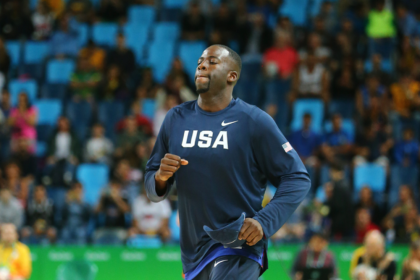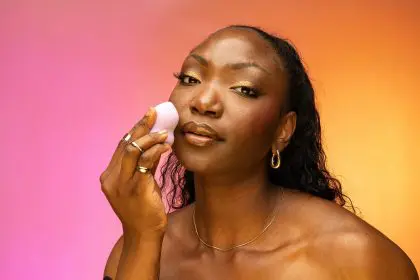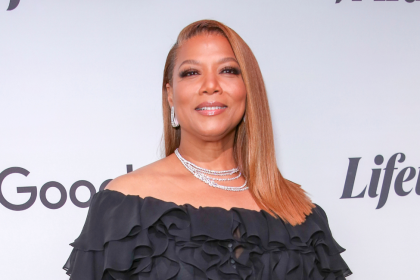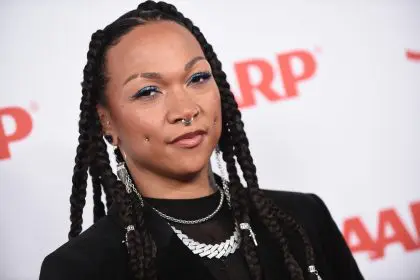Let’s be real – 2024 was absolutely wild for sports fans. From unexpected player drama to major shifts in how we consume sports content, this year kept everyone on their toes. We’re breaking down the eight biggest moments that literally changed the game forever.
The shocking truth behind NBA’s massive viewership problem
- Remember when NBA games used to dominate prime time? Well, 2024 threw that tradition right out the window. The league faced its biggest viewership crisis in recent history, with ratings taking a nosedive that had everyone talking. Between streaming wars and changing viewer habits, traditional basketball broadcasts just couldn’t keep up with how fans want to watch sports now.
How Caitlin Clark became the new face of basketball
- If there’s one bright spot that had everyone glued to their screens, it was Caitlin Clark. The basketball sensation didn’t just break records – she completely revolutionized how people view women’s sports. Her incredible performances and clutch moments created a cultural phenomenon that transcended traditional sports boundaries.
The end of an era: What Woj’s exit means for sports journalism
- When Adrian Wojnarowski announced his retirement, sports Twitter practically broke. The legendary insider’s departure marked more than just a personal career move – it signaled a major shift in how we get our sports news. His absence left a massive void in the industry, forcing everyone to rethink the future of sports journalism.
The rise of unexpected sports personalities
- While everyone was focused on the usual suspects, a new generation of sports personalities quietly took over our screens and social feeds. These underrated voices brought fresh perspectives and authentic takes that resonated with fans who were tired of the same old commentary.
The transformation of sports entertainment
- Sports shows got a major glow-up in 2024. Traditional formats gave way to innovative approaches that blended entertainment with athletics in ways we’d never seen before. The most successful shows weren’t afraid to break the mold and experiment with new formats that connected with younger audiences.
When sports met pop culture
- The line between sports and entertainment got seriously blurry this year. Non-sports shows started incorporating athletic elements and athlete cameos in creative ways, while sports programming borrowed heavily from entertainment formats. This crossover created some of the most engaging content of the year.
The podcast revolution continues
- If you weren’t listening to sports podcasts in 2024, were you even following sports? The medium exploded with creative new shows and segments that changed how we consume sports content. From deep-dive analysis to behind-the-scenes stories, podcasts became the go-to source for sports fans wanting more than just basic game coverage.
Game-changing sports literature
- Sports books took an unexpected turn in 2024, moving beyond traditional athlete biographies and game analysis. The year’s most impactful reads explored the intersection of sports with social issues, technology, and cultural trends, giving readers new ways to understand and appreciate athletics.
Where sports broadcasting meets the future
The fundamental change in how we consume sports content wasn’t just about declining NBA ratings. Traditional broadcasters scrambled to adapt as streaming platforms introduced innovative viewing experiences. Multi-screen options, personalized camera angles, and real-time stats integration became the new normal. Fans no longer wanted to just watch the game – they demanded an interactive experience that put them in control.
This shift forced major networks to rethink their entire approach. Social media integration became mandatory, not optional. Live threads and real-time reactions became just as important as the play-by-play commentary. Younger viewers, in particular, showed a clear preference for bite-sized highlights and instant reactions over full game broadcasts.
The Clark effect on women’s sports marketing
Caitlin Clark didn’t just dominate on the court – she revolutionized the marketing playbook for women’s sports. Her influence extended far beyond basketball, creating a ripple effect across all women’s sports. Brands that had traditionally stayed away from women’s athletics suddenly couldn’t wait to get involved. Television slots that were once considered secondary became prime time material when Clark was playing.
The numbers told an incredible story. Merchandise sales skyrocketed, social media engagement hit unprecedented levels, and ticket prices for her games often exceeded those of professional men’s games. More importantly, Clark’s success opened doors for other female athletes to command similar attention and commercial opportunities.
Redefining sports journalism in the post-Woj era
The vacuum left by Wojnarowski’s departure sparked an interesting trend in sports journalism. Instead of one dominant voice, a diverse network of insiders emerged. This democratization of sports news changed how stories broke and developed. The era of single-source dominance gave way to collaborative journalism, where multiple perspectives helped paint a more complete picture.
This shift also highlighted the growing importance of digital literacy in sports journalism. The most successful new voices weren’t just good reporters – they were skilled in data analysis, social media engagement, and multimedia storytelling. They understood that modern sports fans wanted context and analysis alongside breaking news.
The new faces of sports commentary
The rise of unexpected sports personalities brought much-needed diversity to sports commentary. These new voices came from various backgrounds – former athletes, comedians, social media influencers, and analysts from other fields. What made them successful wasn’t their traditional sports credentials but their ability to connect with audiences authentically.
They brought fresh perspectives that traditional sports media had often overlooked. Their success proved that audiences craved diversity in both content and presentation. Many of these personalities built their following through non-traditional channels before being noticed by mainstream media.
Today’s sports shows break all the rules
The transformation of sports entertainment in 2024 was remarkable. Shows began incorporating elements from reality TV, game shows, and documentary filmmaking. The most successful formats found ways to tell compelling stories that appealed to both die-hard fans and casual viewers.
Production values soared as sports shows competed with premium entertainment content. Graphics packages became more sophisticated, storytelling became more nuanced, and audience engagement strategies became more innovative. The best shows found ways to maintain their sports credibility while pushing creative boundaries.
Sports content goes Hollywood
The marriage of sports and entertainment reached new heights in 2024. Athletes became regular fixtures in popular TV shows and movies, often playing roles that went beyond simple cameos. Meanwhile, sports documentaries adopted storytelling techniques from prestige television, creating compelling narratives that attracted viewers who weren’t traditionally sports fans.
This crossover appeal helped sports content reach new audiences. It also influenced how traditional sports content was produced, with more emphasis on character development and narrative arcs, even in game coverage.
The podcast landscape evolves
Sports podcasting in 2024 moved far beyond game recaps and hot takes. The most successful shows created unique niches, combining sports analysis with elements of true crime, historical documentation, or cultural commentary. Production quality reached new heights, with many shows rival traditional radio broadcasts in terms of polish and professionalism.
The intimacy of the podcast format allowed for deeper exploration of topics that traditional sports media often overlooked. Shows that focused on the human side of sports, exploring athletes’ personal stories and the cultural impact of sports, found particularly enthusiastic audiences.
Beyond the box score
The evolution of sports literature reflected broader changes in how we think about athletics. The year’s most important books explored themes like the intersection of sports and technology, the role of athletics in social justice movements, and the changing nature of fandom in the digital age.
These works challenged readers to think about sports in new ways, examining how athletics both shape and reflect broader social trends. The success of these books showed that audiences were ready for more sophisticated analysis of sports’ role in society.
As we look back at 2024, it’s clear that the sports world underwent a fundamental transformation. The changes weren’t just about how we watch games or follow our favorite teams – they reflected broader shifts in how we consume media, engage with content, and think about the role of sports in society. These developments set the stage for even more dramatic changes in the years to come, as technology continues to evolve and audience expectations keep shifting.
The question isn’t whether sports media will continue to change – it’s how quickly and in what direction. One thing’s certain: the industry that emerges will look very different from the one we knew just a few years ago.
















